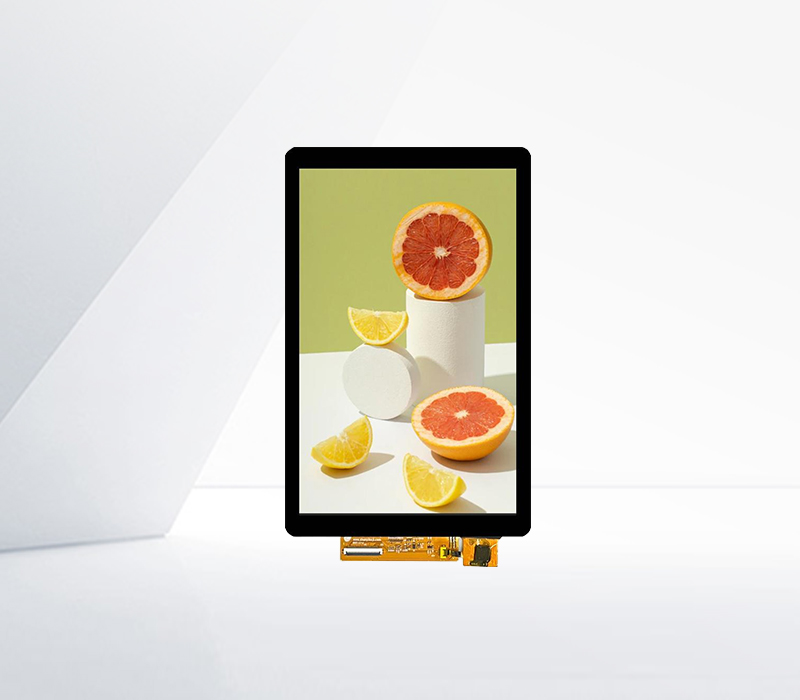




LCD monitors use a matrix - based display method to present images. This matrix is composed of a large number of pixels, and each pixel is responsible for displaying a small part of the overall image.
The most common type of LCD monitor uses a Thin - Film Transistor (TFT) technology. In a TFT - LCD monitor, each pixel has its own thin - film transistor, which acts as a switch to control the voltage applied to the liquid crystals in that pixel. This allows for very precise control of each pixel's brightness and color. TFT - LCDs are known for their high - resolution capabilities, fast response times, and good color accuracy. For example, a high - definition (HD) LCD monitor with a resolution of 1920x1080 has over two million pixels, each of which can be independently controlled to display a specific color and brightness level.
Another display method related to LCD monitors is In - Plane Switching (IPS). IPS technology is designed to improve the viewing angles of LCD monitors. In traditional TFT - LCDs, the viewing angles can be limited, and the image may appear distorted or have color shifts when viewed from the sides. IPS technology addresses this issue by changing the way the liquid crystals are oriented and controlled. With IPS, the liquid crystals are arranged in a plane parallel to the glass substrate, allowing for a more consistent viewing experience from different angles. This makes IPS - LCD monitors popular for applications where multiple people may need to view the screen simultaneously, such as in conference rooms or for professional video and photo editing.
